Future Fashion Trends: How Technology is Redefining Style and Innovation
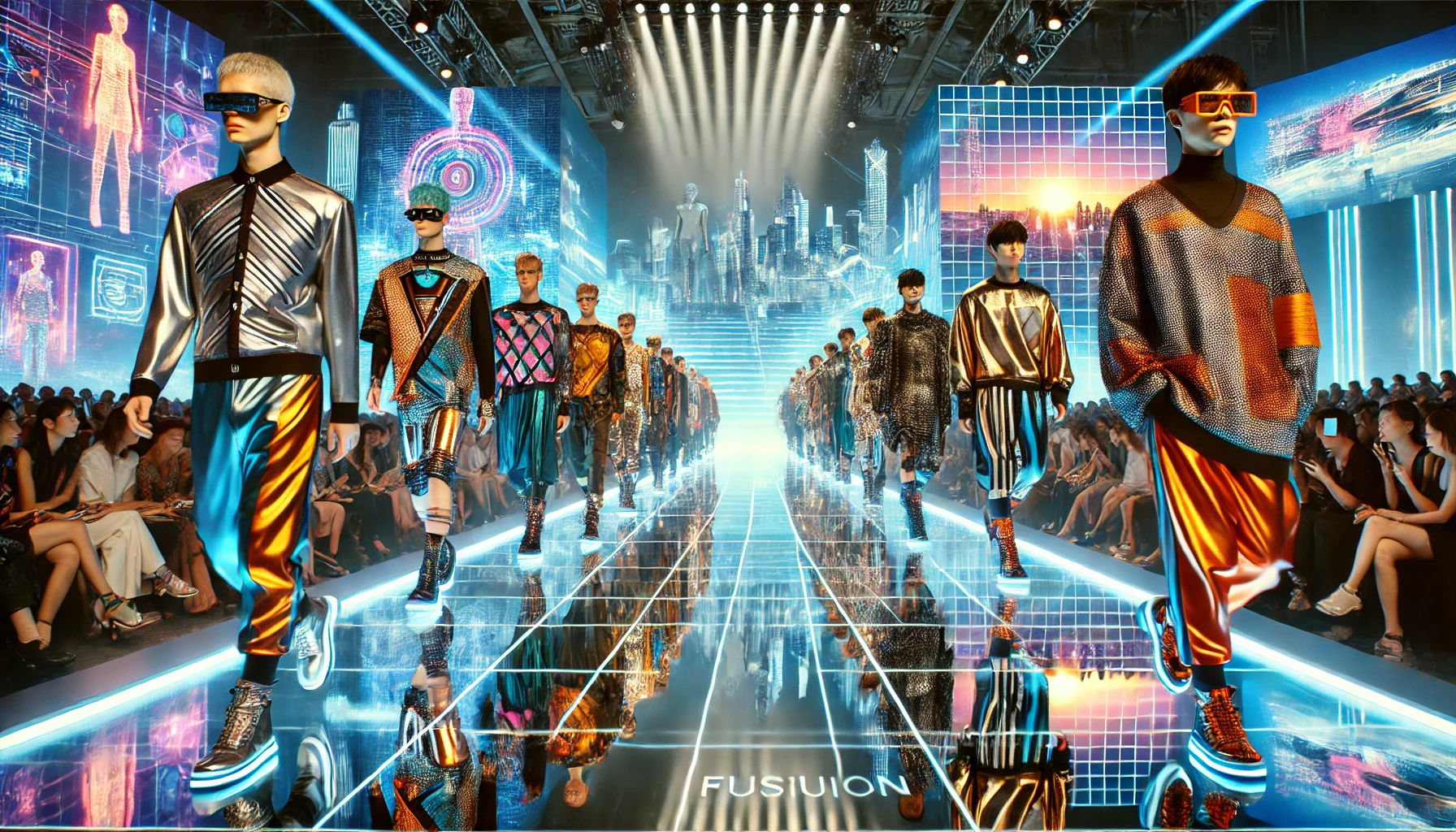
How will the fashion industry change in the future?
This question requires examining current influences on the fashion in the future, which are shaping new directions and technology trends in fashion industry. With the development of technology, globalization, personalization, and increasing awareness of environmental issues, the future of the fashion industry is undergoing significant transformation.
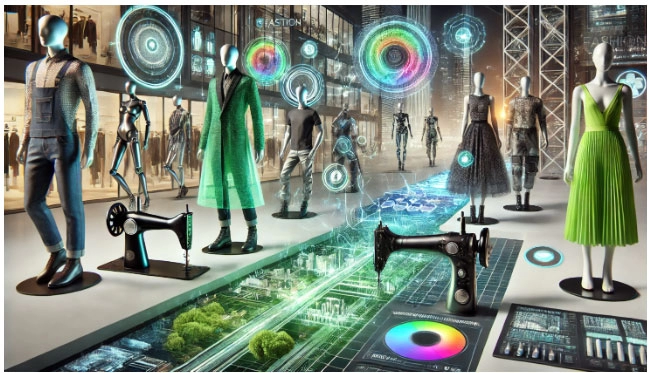
One of the main trends influencing fashion development is the pursuit of sustainable development. The production of eco-friendly clothing, recycling materials, reducing production time, emphasizing quality and durability, and ethical treatment of workers are all responses to the problem of overconsumption and pollution. Many brands are investing in technologies that reduce carbon emissions and create clothes from recycled materials. These demands of the fashion industry are key to establishing a more responsible approach to the environment and laying the foundation for a sustainable future in fashion.
Another important trend is the digitalization of the fashion industry. With the growth of e-commerce, virtual fitting rooms, AI, and shifting sales online, brands can expand their audience and influence. Additionally, the popularity of the concept of "digital fashion" allows customers to experiment with styles in online stores, which could significantly alter the traditional future of clothing.
Thus, the main future fashion trends that are changing the industry include a shift toward sustainable development, the integration of cutting-edge technology, and a rethinking of consumer behavior. All these factors suggest that fashion in the future will be more conscious, technologically advanced, and socially oriented.
Key trends defining the future of fashion retail in 2025
In 2025, fashion retail will continue to transform under the influence of technology, changing consumer habits, and growing environmental awareness. Key trends defining the future of the fashion industry include:
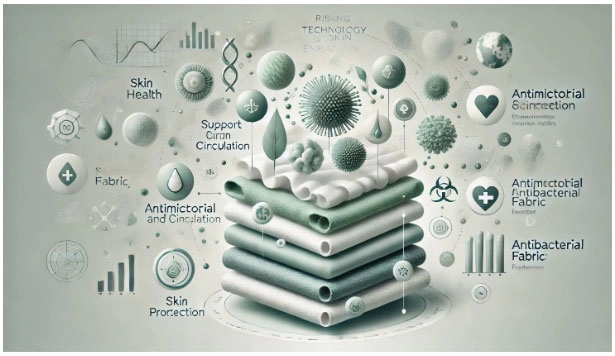
1. Health and wellness-oriented clothing
Fashion is becoming not only about style but also about health. There is a growing popularity of clothing made from materials that support skin health, improve blood circulation, and have antimicrobial and antibacterial properties. Fabrics that absorb moisture, regulate body temperature, and protect against UV rays are drawing particular attention among brands that seek to integrate functionality into consumers' everyday style.
2. Maximum personalization
Personalization will become an important tool for attracting customers. By analyzing data on user behavior, retailers can create personalized offers, provide clothing that matches the style and needs of a specific customer, and offer customization options in design, sizes, and colors.
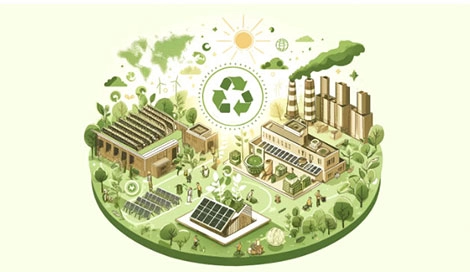
3. Virtual fitting rooms and online shopping
Online shopping is becoming more and more popular, and the virtual dressing room plays a key role here. The use of virtual fitting technologies allows customers to "try on" items without leaving home, simplifying selection and significantly reducing returns. Brands are also expanding their e-commerce sales.
4. Eco-friendliness and sustainability
Consumers are increasingly paying attention to brands that use eco-friendly materials and recycled fabrics. In 2025, we will see more material innovations, such as biodegradable fabrics, fabrics from plant fibers, and even artificial leather based on mushrooms or algae. Brands are also actively investing in creating a closed-loop system where clothing is recycled and can be reused.
5. Smart clothing
The future of clothing equipped with health-monitoring technologies, such as measuring pulse, stress levels, or body temperature, is becoming a reality. This "smart" clothing is especially popular among athletes but is trending toward widespread adoption.
6. Renewable fashion and the concept of "clothing rental"
Clothing rental is becoming more popular due to the growing interest in conscious consumption. Fashion platforms that allow renting clothes for specific events or even daily use help reduce overconsumption and offer a beneficial alternative to buying new items.
These trends in the fashion industry indicate that the future of fashion retail will be defined by the integration of innovations, environmental care, and focus on individual consumer needs. Retailers that can combine these principles will successfully meet market demands and the preferences of modern consumers.
The trend of decreasing offline purchases and increasing online shopping
The trend of decreasing offline purchases and increasing online shopping has become one of the key changes in retail in recent years. Since 2019, the number of people who prefer online shopping has noticeably increased, driven by both technological changes and societal processes.
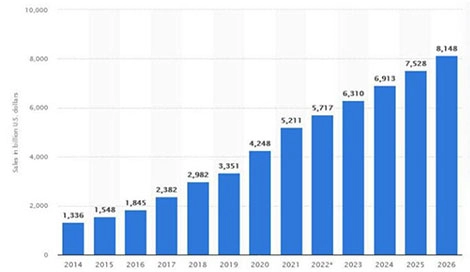
and forecast from 2024 to 2027 (in billions of USD)
1. Growth of online shopping share since 2019
Since 2019, the share of online shopping in retail has grown rapidly. The global COVID-19 pandemic accelerated this process, as many stores were forced to close physical locations, prompting shoppers to choose online shopping. According to statistical data, the share of online purchases in 2020 increased by 20-30% compared to previous years. This created a stable trend towards digital commerce, which continues to grow today.
In 2023, global retail e-commerce sales reached approximately 5.8 trillion USD. Forecasts indicate a 39% increase over the coming years, with expectations to exceed eight trillion dollars by 2027.
2. Remote work as a stimulus for online shopping
With the rise of remote work, the popularity of remote shopping has significantly increased. People are increasingly seeking to save time, avoid travel costs, and avoid queues. Online shopping allows for easy access to desired items without visiting multiple stores and offers convenience unmatched by traditional shopping.
3. The trend towards conscious consumption and reducing purchases
With growing environmental awareness, consumers are becoming more cautious in their product choices. People are more likely to buy only necessary clothing, which reduces overall sales volume. Brands are also responding to this by offering clothing lines made from recycled materials, but overall purchase volume is decreasing as customers prioritize quality over quantity.

4. Cost reduction for brands and investments in innovations
Online trade allows brands to save significantly on rent, store maintenance, and staff salaries. These savings can be invested in new technologies, such as virtual fitting rooms, which improve the online shopping experience. Virtual fitting rooms allow customers to try on clothing virtually, reducing the risk of returns and increasing customer satisfaction.
LookSize is a highly effective virtual fitting solution that is easy to use and provides accurate size recommendations. Using the latest technology and modern software, LookSize integrates artificial intelligence to ensure that customers receive only accurate size recommendations. Relying on proven methods, it provides a seamless and convenient experience for both retailers and customers.
5. Increasing competition in the online sector
The rapid growth of online platforms has led to tougher competition among retailers. This promotes service quality improvement, price reductions, and the introduction of new solutions to attract customers, such as fast delivery, free returns, online fitting rooms, and exclusive online offers. Competition motivates brands to implement advanced technologies to improve customer interaction.

6. Generational change
The younger generation, who grew up with the internet and gadgets, increasingly prefer online shopping, while the older generation traditionally adapts to changes more slowly. Natural generational change means that over time, the share of online shopping will increase, as younger shoppers are more likely to choose convenience, simplicity, and speed in online shopping.
7. Laziness or the desire to simplify the process
Young people seek to minimize the effort spent on shopping by choosing quick and easy solutions. Many brands note that the popularity of "quick buy" or "one-click purchase" is growing, as it saves time and avoids unnecessary steps. Laziness and a desire to avoid complex procedures make online shopping even more attractive.
The decline in offline shopping and the rise in online commerce is a result of overall digitalization and social changes focused on convenience, environmental friendliness, and technological advancement. This trend is likely to continue, creating new opportunities for brands to develop innovations and improve customer interaction.
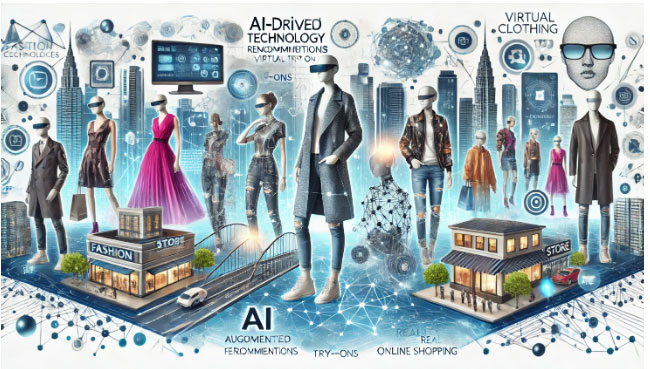
Conclusion
Technology trends in fashion industry and e-commerce demonstrate how technological progress, changes in consumer expectations, and growing environmental awareness are shaping a new reality for retail. The modern world is increasingly digitalized, significantly affecting how brands interact with customers and organize their business processes, and in general, future of fashion technology.
Thus, fashion in the future and e-commerce can be characterized as a synergy of innovative technologies, sustainable development, and rethinking customer interaction. The introduction of digital solutions, a focus on environmental responsibility and personalization, and adaptation to new consumer habits define the trends that will shape the face of fashion retail in the coming years. Brands that can respond flexibly to these changes and stay ahead with innovations will take leading positions in the industry and earn the trust of their customers.

